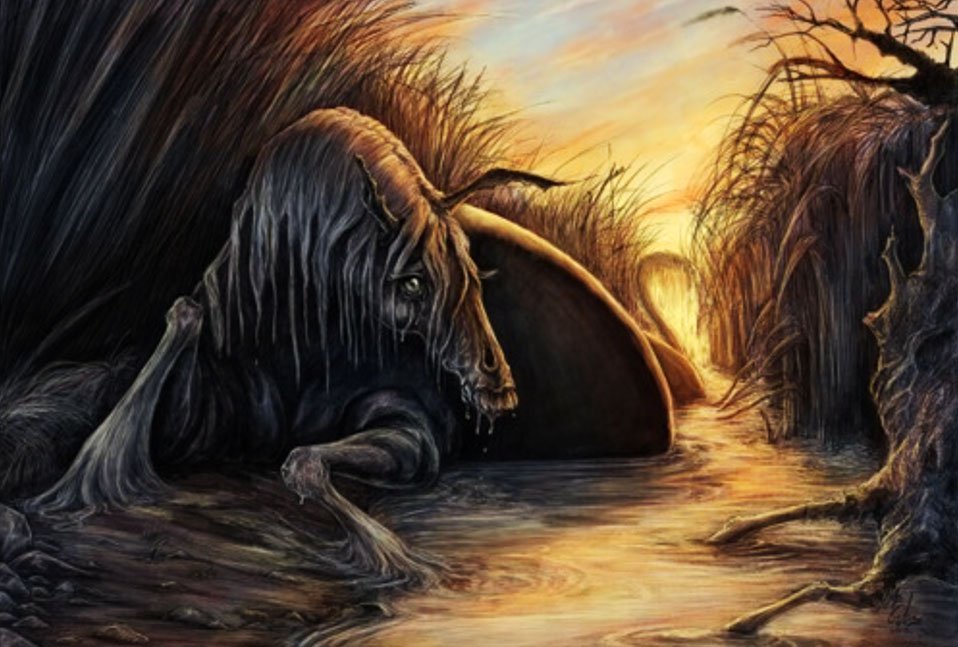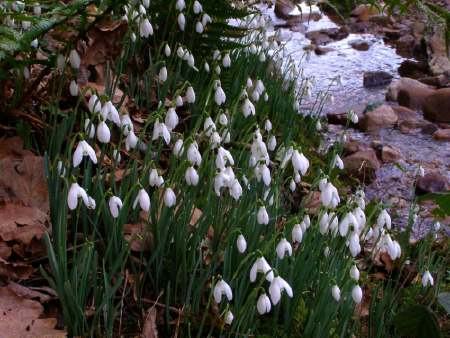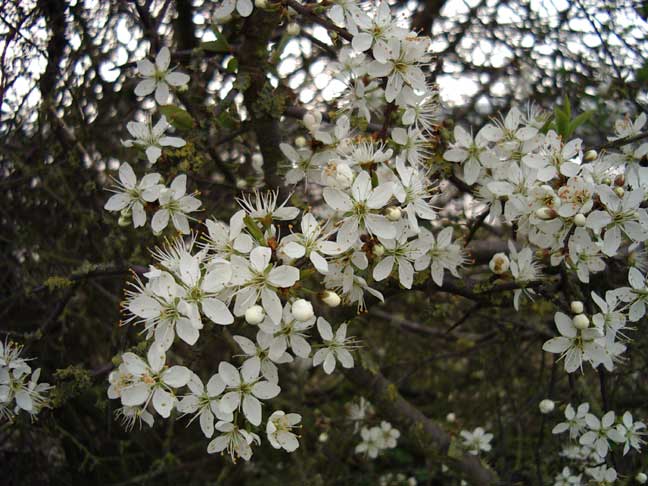
Kelpie, or water kelpie, is the Scots name given to a shape-shifting water spirit inhabiting the lochs and pools of Scotland. It has usually been described as appearing as a horse, but is able to adopt human form.
Mary Stuart, commonly known as “Mary, Queen of Scots” was beheaded on February 8, 1587 at the order of her cousin Queen Elizabeth I of England. Mary (a Roman Catholic) had become caught up in complicated plots and counterplots surrounding Elizabeth, a Protestant queen, on the throne of England. Although Mary was kept a prisoner in England for 19 years and was finally beheaded for her role in a plot to have Elizabeth killed, Mary and Elizabeth never met. But the other great queens of the Scots were the goddesses known as the “hag”, the Cailleach, and the Giantess.
The folklore of Scotland is not nearly as well known as the folklore of Ireland or England, except perhaps for the monster said to live in Loch Ness. The first reported sighting of the Loch Ness Monster was in the River Ness in 565 AD. The Irish monk Saint Columba was staying in the land of the Picts with his companions when he came across the locals burying a man by the River Ness. They explained that the man had been swimming the river when he was attacked by a “water beast” that had mauled him and dragged him under. They tried to rescue him in a boat, but were able only to drag up his corpse. Hearing this, Columba stunned the Picts by sending his follower Luigne moccu Min to swim across the river. The beast came after him, but Columba made the sign of the cross and commanded: “Go no further. Do not touch the man. Go back at once.” The beast immediately halted as if it had been “pulled back with ropes” and fled in terror, and both Columba’s men and the pagan Picts praised God for the miracle. Many modern people think the monster is a lone survivor of the otherwise extinct plesiosaurs.
Brownies–not the youngest division of Girl Scouts!–are said to inhabit houses and aid in tasks around houses in Scotland, like getting rid of spiders. However, they do not like to be seen and will only work at night, traditionally in exchange for small gifts of food. Among food, they especially enjoy porridge, honey, butter, and cream. They usually abandon the house if their gifts are called payments, or if the owners of the house misuse them. Brownies make their homes in an unused part of the house, often in attics and holes in walls.
You can read more about Scottish mythology here. Or find lots of fairy tales from Scotland here.


